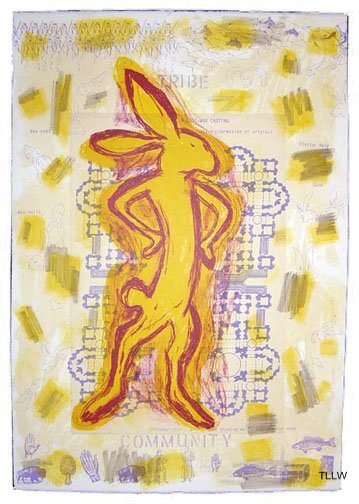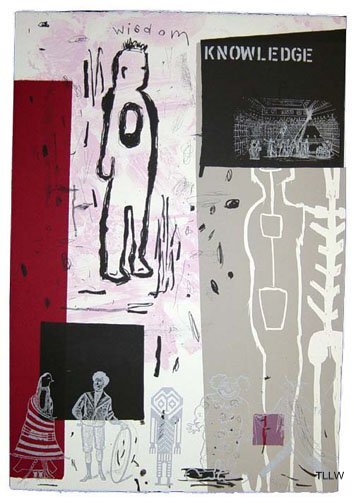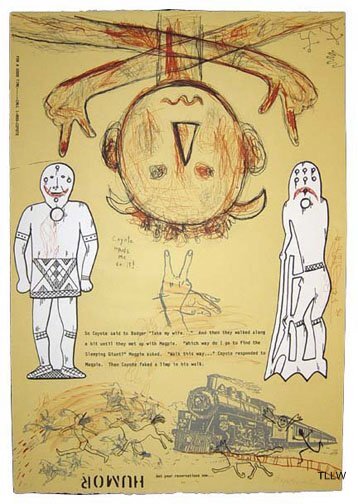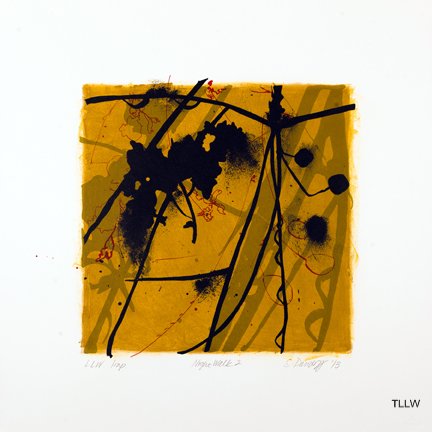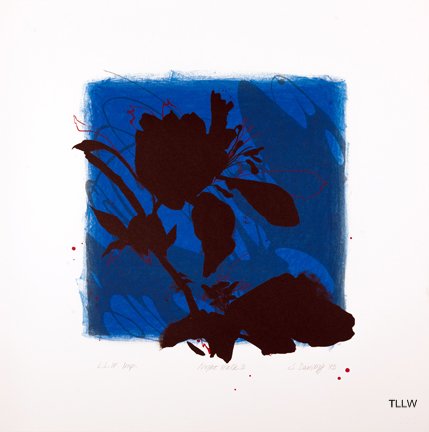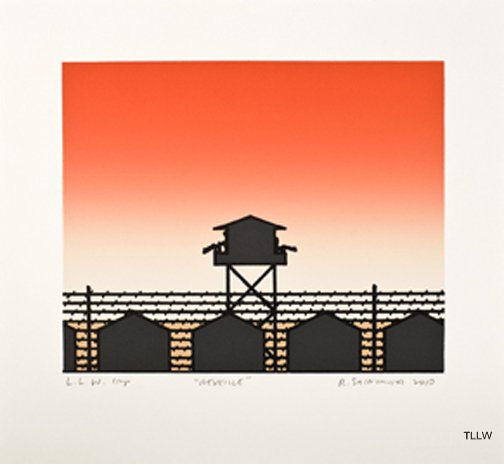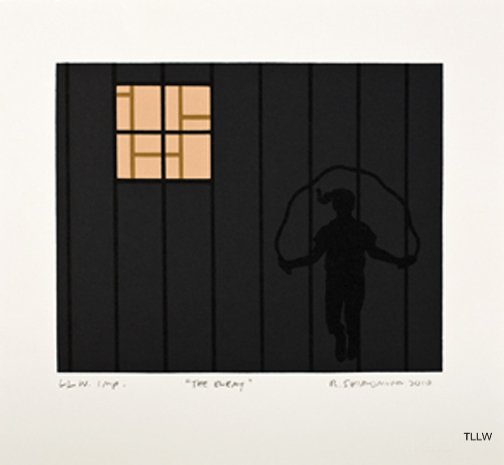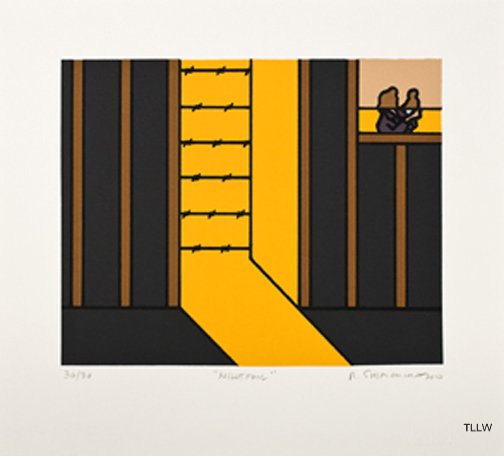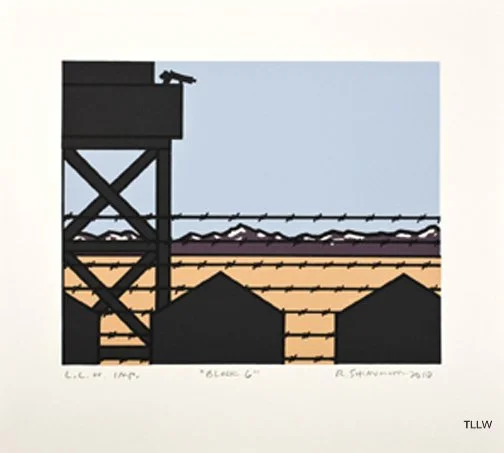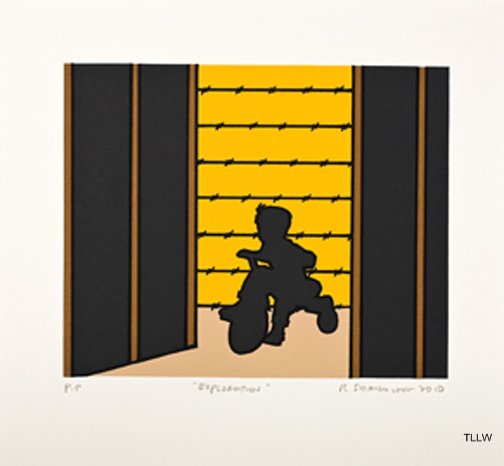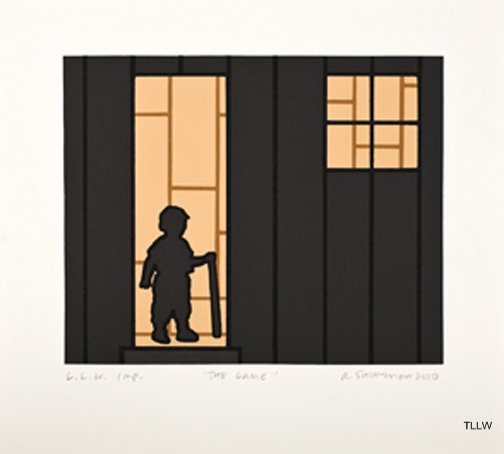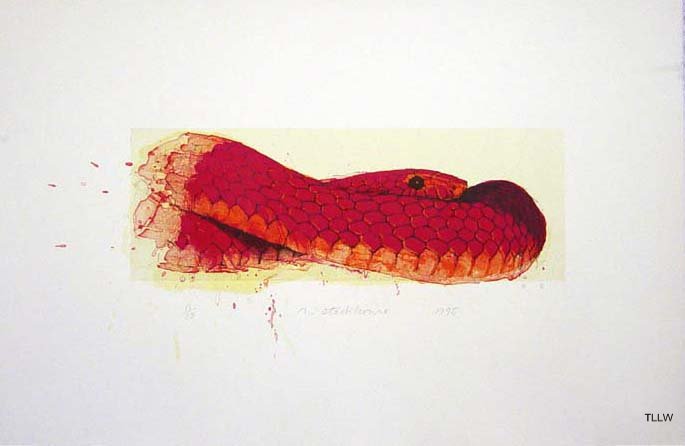The statue of Laocoön and His Sons, also called the Laocoön Group, is a monumental marble sculpture now in the Vatican Museums, Rome. The statue is attributed by the Roman author Pliny the Elder to three sculptors from the island of Rhodes: Agesander, Athenodoros, and Polydorus. It shows the Trojan priest Laocoön and his sons Antiphantes and Thymbraeus being strangled by sea serpents. (Wikipedia)
“The Laocoön Group and also El Greco’s painting Laocoön has been a favorite fo mine for a long time. The image reminds me of the meaning of fatherhood and makes me think of my grandfather, father, my son and myself. Especially, I think of a young man who is in his coming of age and struggling to recognize the meaning of the manhood that will be ahead of him.
The Sea Serpent print came from one of the sculptures from the exhibition called “Children” in 2007. In this exhibition, I installed clay sculptures and enlarged their images, placing them face to face. The young man figure used in Sea Serpent is one of the sculpture from this exhibition.
I have been interested in defining information that come from two-dimensional and three-dimensional images. An enlarged detail digital image of a clay sculpture reveals materialness of the clay perhaps more than itself. I am interested in the process and transformations of the images that I create. It involves material as clay, firing process, surface drawings, transformation with digital photograph and then printmaking process. The human figures are center of my image making. I am interested in creating human conditions.”
– Akio Takamori –



